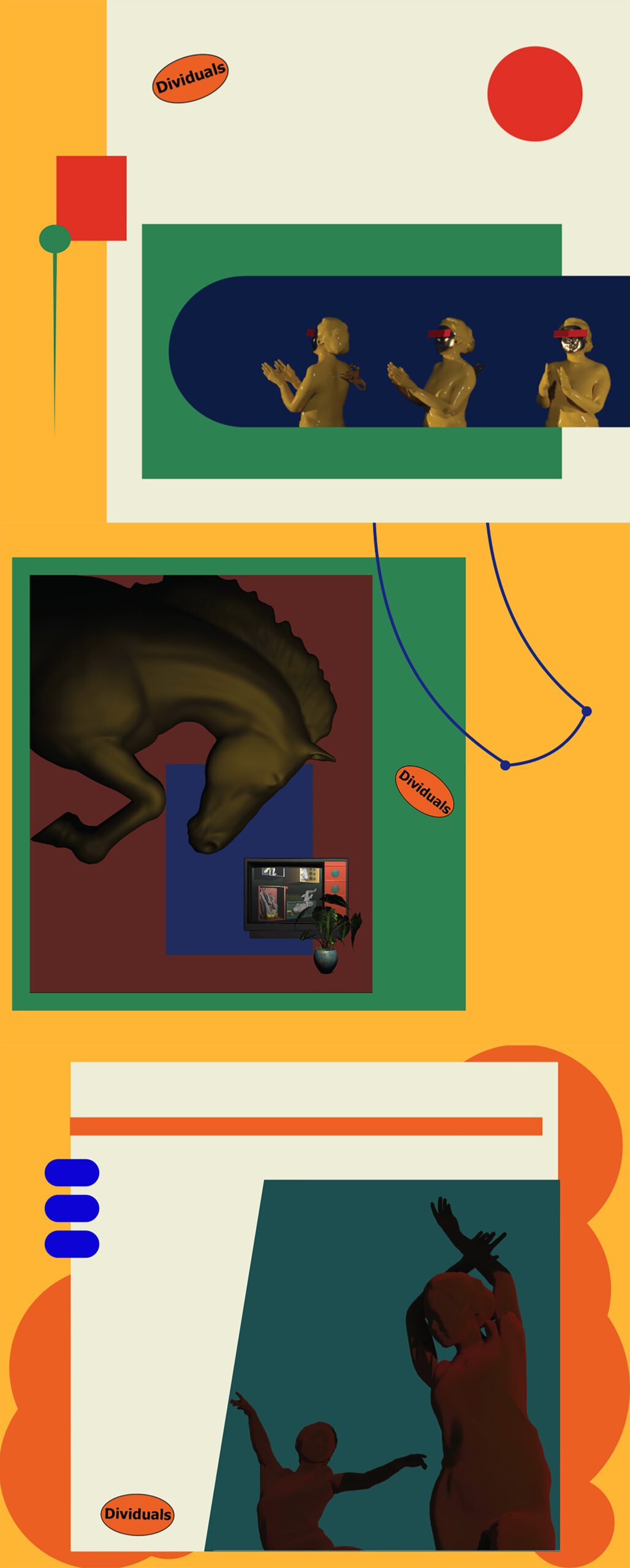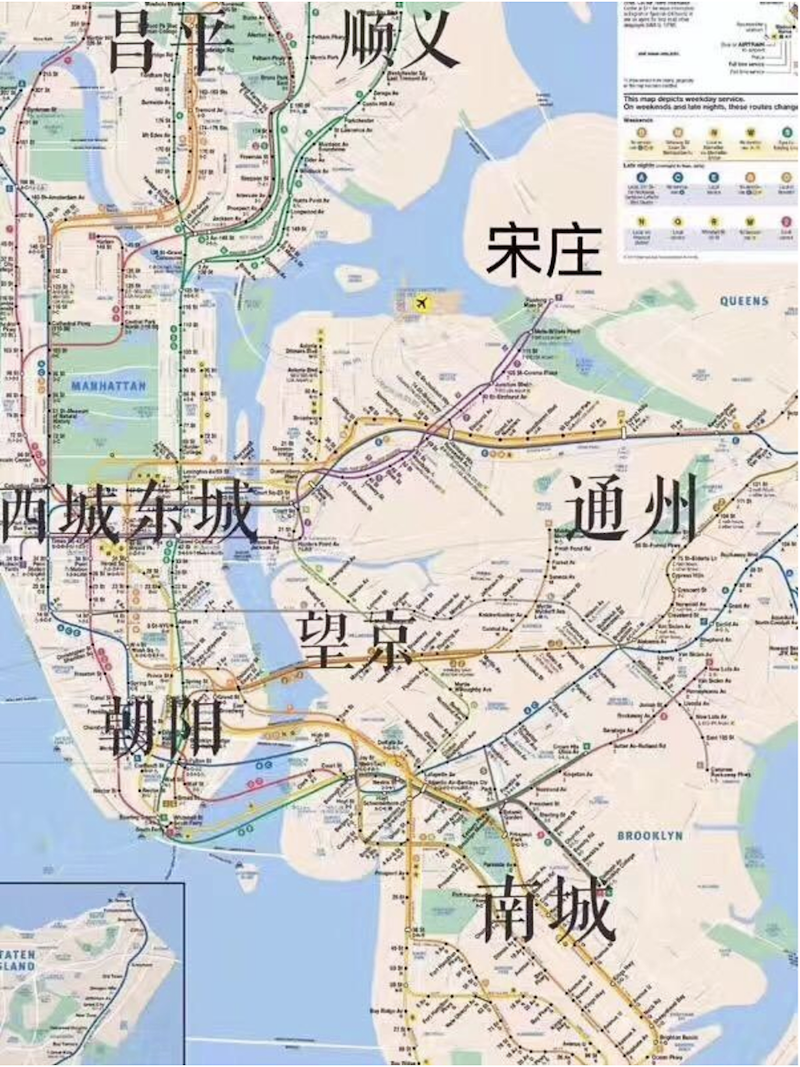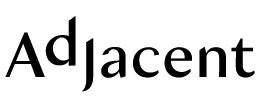Issue 4: Bodies and Borders
Far From Home, Far From Here: Riverbooks I & II

Preface
What connects us? Rivers, bridges, minds, emotion, love, home—stories connect us. Humankind chose to live by the water a long time ago. 70% of the world’s population lives on coastal plains1, 11 of the 15 biggest cities stand on a coastline or river estuary2.
Water also cuts channels, creates boundaries, divides territories to reshape islands, cities, countries, continents. Rivers tear minerals from rock and add water to the oceans. These rivers are like the veins of a body, the branches of a tree, the vessels of the Earth.
“These rivers are like the veins of a body, the branches of a tree, the vessels of the of the Earth”
Agriculture was the first great revolution that turned our history on end and gave birth to cities and civilizations. Globalization made the migration of populations much easier. The internet makes communications much more convenient. Urbanization makes cities visually and culturally similar. Most people in my generation like the “nomadic” lifestyle. The new nomadic lifestyle, from neighborhood to neighborhood, from this side of a river to another, from this hemisphere of the earth to the other. How do we define home?
“I am far from home, but I am also far from here.” I remember hearing this once. People drift and move, just like water, physically and emotionally.
Introduction
River Book I & II is a study of geographical boundaries presented as two bar-shaped hand drawn books. My research starts with the Yellow River in China, where my hometown is located, and includes other rivers that I’ve lived alongside — including those in Chongqing, Shanghai, and New York. The result is a mix of my history with marked scenery and landmarks of personal significance.
River Book I & II maps territories of both reality and my imagination. It is boundless, yet intimate. It is my story, but maybe in my story, you can recognize your own.

River Book I(Top), River Book II(Bottom), Page 1, Yellow River The Yellow River is considered to be the mother river of China. It has another name, “Hanging River”, because the riverbed is much higher than the plain.

River Book I(Top), River Book II(Bottom), Page 2, Chongqing Two rivers cross in Chongqing, the Jiangling River and the Long River. The center is built on a huge island, similar to Hong Kong Island(Gang Dao) in Hong Kong and Manhattan in New York.

River Book I(Top), River Book II(Bottom), Page 3, Canal Scene Nature gave us rivers, but not enough of them. People created canals for different purposes, but mostly motivated by economics to carry goods and deliver culture.

River Book I(Top), River Book II(Bottom), Page 4, Beijing Beijing City was originally surrounded by a round moat, called “Hu Cheng River”, which means ‘protecting the forbidden city’.

River Book I(Top), River Book II(Bottom), Page 5, Market Scene Some of the earliest and primitive communications happened in markets, where people exchange their merchandise.

River Book I(Top), River Book II(Bottom), Page 6, Beijing Moat Beijing Moat (Hu Cheng) River connects to Brooklyn


River Book I(Top), River Book II(Bottom), Page 7 Bridges Scene Bridges artificially connect ravines.

River Book I(Top), River Book II(Bottom), Page 8, ‘Pop-Up’ Page, Mountain Scene Two pop-up pages with illustrations representing the Grand Teton Mountains (above) in U.S.A. and the Yellow Mountains in China (below).

River Book I(Top), River Book II(Bottom), Page 9, Hudson River Scene Away from the world: A train goes up along the Hudson River; there is a way to an idyllic land.

River Book I(Top), River Book II(Bottom), Page 10, Missouri River and Mississippi River

River Book I(Top), River Book II(Bottom), “The Five Lakes” of the United States and China

River Book I(Top), River Book II(Bottom), Page 12, Submarine Internet Cable Map

River Book I(Top), River Book II(Bottom), Page 13, No-Name Rivers

River Book I(Top), River Book II(Bottom), Page 14, The Bund of Shanghai Connects with Highway No.1, California

River Book I(Top), River Book II(Bottom), Page 15, The origins of the Yellow River and the origin of the Mississippi.
